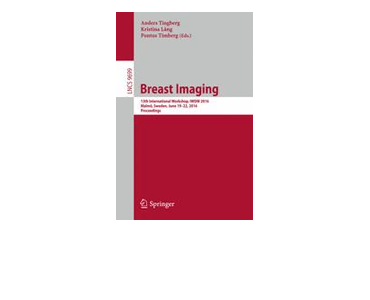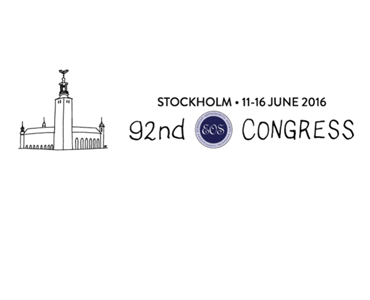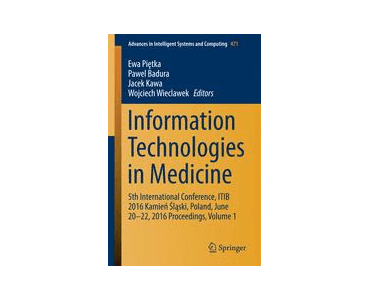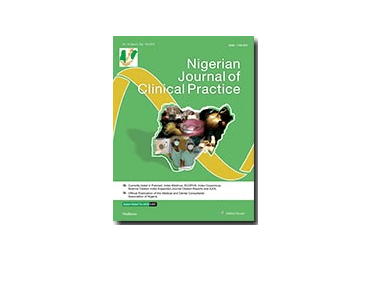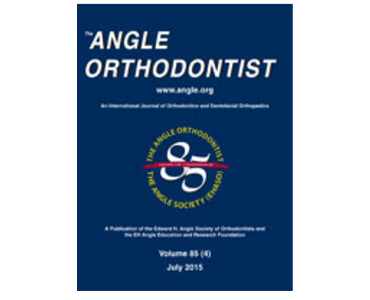Breast Conserving Surgery Outcome Prediction: A Patient-Specific, Integrated Multi-modal Imaging and Mechano-Biological Modelling Framework. Eiben B. et al.
Date: June 2016. Source: Tingberg A., Lång K., Timberg P. (eds) Breast Imaging. IWDM 2016. Lecture Notes in Computer Science, vol 9699. Springer, Cham. Abstract: Patient-specific surgical predictions of Breast Conserving Therapy, through mechano-biological simulations, could inform the shared decision making process between clinicians and patients by enabling the impact of different surgical options to…

